Vegetarian diets are turning out to be widely popular in the past few years. The reasons behind this popularity can vary – the primary ones are health and ecological factors. But do you know there exist multiple types of vegetarian diets?
People normally think that a vegetarian diet is just another word for veganism, most likely due to how a vegetarian diet is presented over social media. However, a vegetarian diet can be of multiple types based on what food they include and what exclude.
While there are positive medical advantages of eating more plants, the more prohibitive your diet is, the harder it’s to get enough of the supplements you need. Nutrient B12, omega-3 fatty acids, calcium, and iron can be especially hard to get enough of on a vegan diet.
Below we have shared 6 different types of vegetarian diets:
Veganism
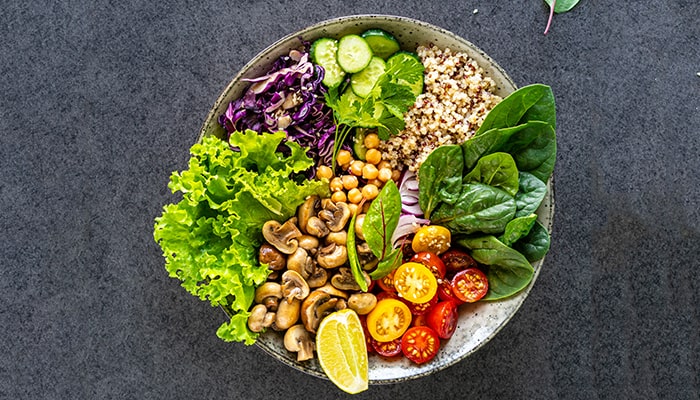
Veganism is by far the strictest type of vegetarian diet out there. It requires end on every animal-based product This implies – meat, poultry, and fish – dairy, eggs, and any animal-derived products like nectar, gelatin, whey, and a few types of Vitamin D.
Veganism is regularly portrayed as a way of life, instead of an eating regimen, since it denounces all types of animal products, be they for food or different purposes including style, science, amusement, and so on.
Ovo-vegetarianism
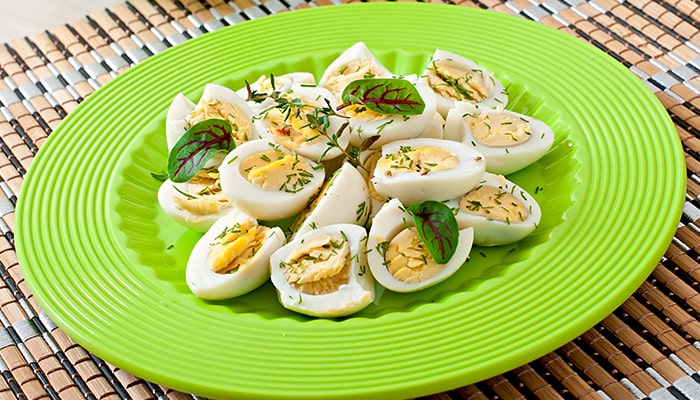
Like vegetarians, ovo-vegans prohibit meat, poultry, fish, and dairy products from their meals. In contrast to vegans, they actually eat eggs and egg-varied food varieties.
Eggs are a significant source of protein, long-chain omega-3 fatty acids, and Vitamin B12 for people in this category. However, their intake of calcium-rich food is what ovo-vegetarian should be cautious about.
Lacto-vegetarianism
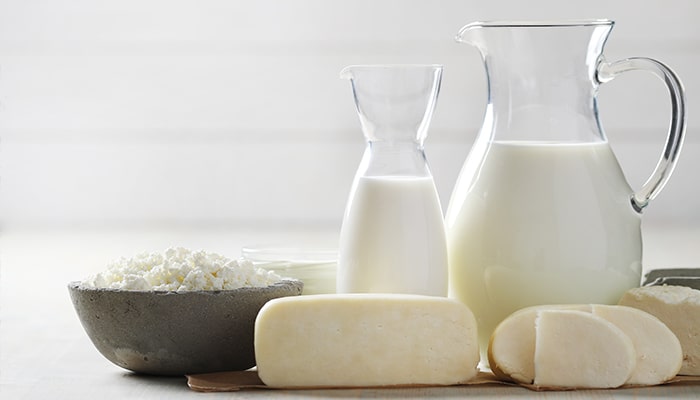
Lacto-vegitarians prohibit meat, poultry, fish, and eggs from their meals, but add dairy items like milk, cheddar, yogurt, and margarine.
People frequently observe this to be an optimal option to veganism or ovo-vegetarianism, while ensuring the ni harmful effect on the environment and lives of animals.
Dairy products are rich in calcium, protein, and nutrient B12, but low in iron. Therefore, Lacto-vegetarianism should be aware of including plant-based iron & vitamin C sources in their meals simultaneously.
Lacto-ovo-vegetarianism
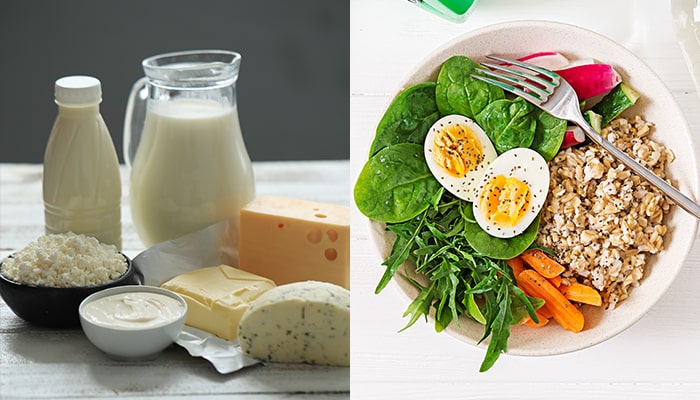
This is your stock standard vegan diet – it restricts the use of all meat, poultry, fish, or any animal-related products.
A sound Lacto-ovo-vegan diet focuses on organic products, vegetables, grains, vegetables, nuts and seeds, and also incorporates dairy and eggs.
Pescetarianism
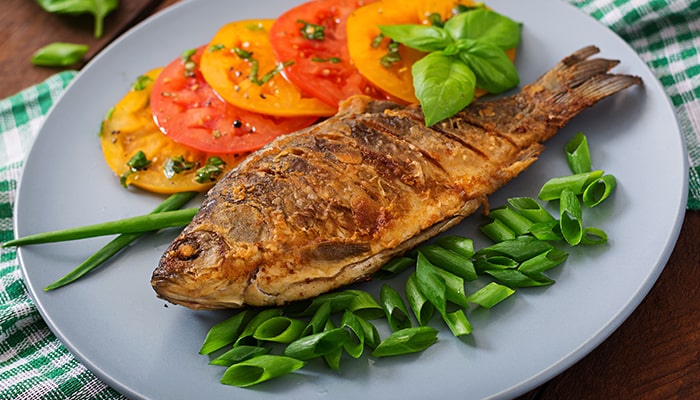
As should be obvious, there’s somewhat of a pick-and-blend pattern going on in the vegetarian world. Pescatarians don’t eat meat or poultry yet incorporate fish and other seafood as a primary source of protein in their eating regimen. Numerous pescatarians will likewise eat dairy products and eggs, yet this is their personal choice.
Along with seafood, pescatarian focuses on plants, whole grains, nuts, fruits, etc.
Flexitarianism

The primary difference between a flexitarian diet and other vegan diets is that flexitarianism stresses which food varieties you can include, not what you need to confine.
A flexitarian diet comprises prevalently of plant food varieties yet sometimes makes moderate use of meat and other animal-related products, making it by a long shot the most adaptable type of vegan eating.
Conclusion
There are multiple ways to adapt a vegetarian diet. The most efficient way is to chose ot on the basis of personal goals & lifestyle. Choosing a vegetarian diet can provide multiple benefits. However, its important to incorporate food items that have more nutritional value, ease of use and availability.

